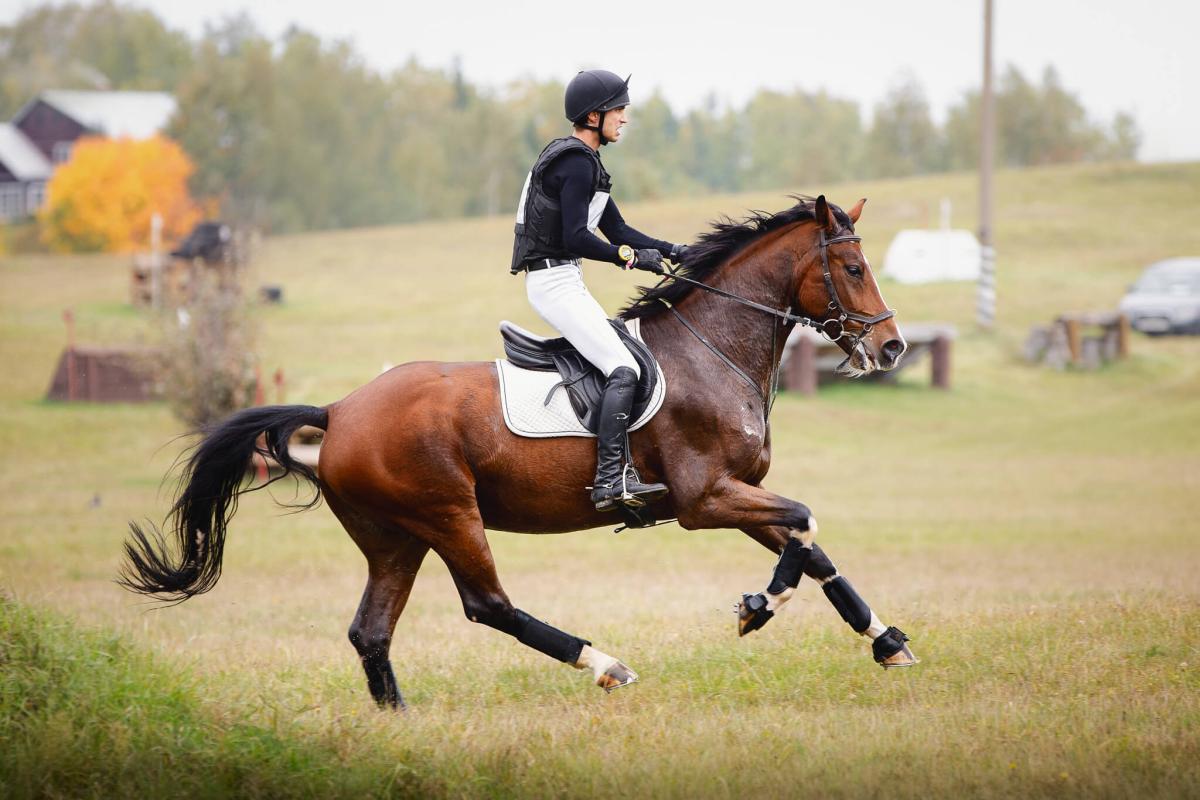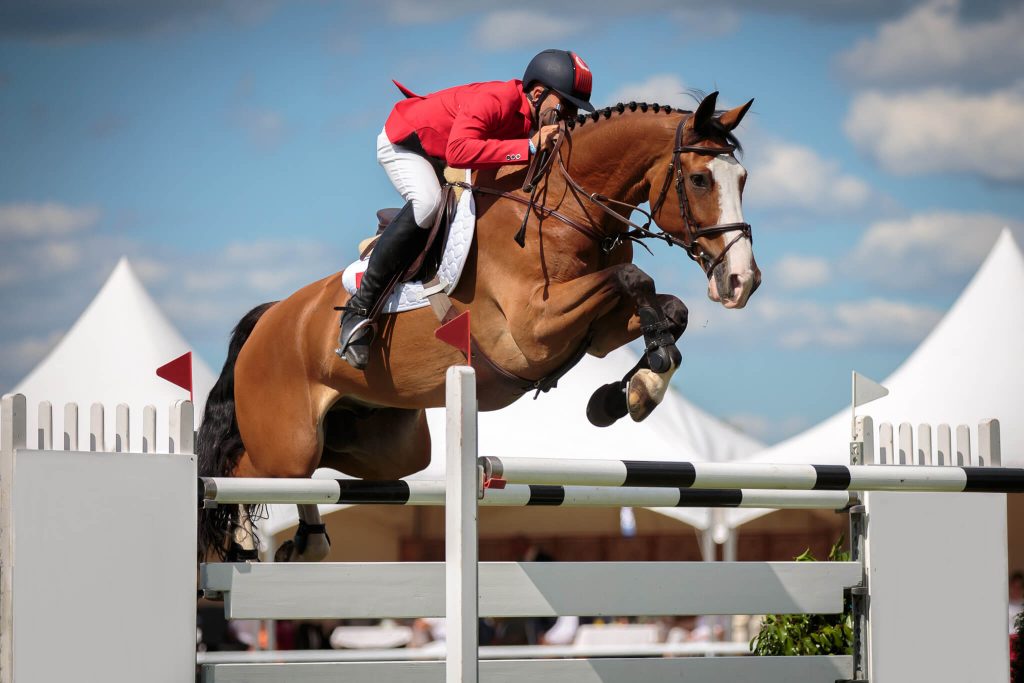
Horse eventing is one of the most exciting and demanding disciplines in the equestrian world, often described as the equine equivalent of a triathlon. Combining dressage, cross-country, and show jumping, eventing tests both horse and rider's versatility, stamina, and skill.
Whether you're a seasoned equestrian or just discovering the sport, this guide will explain what horse eventing involves, its fascinating history, and how it's structured today.
The history of horse eventing
Eventing has its roots in military training. It was initially developed as a comprehensive test for cavalry horses in the early 20th century. The sport made its Olympic debut at the 1912 Stockholm Games, where it was used to showcase the all-round ability of military mounts and their riders.
Over time, horse eventing evolved into a civilian sport and grew in popularity across the globe. In the UK, it has become a cornerstone of the equestrian calendar, with events held throughout the season at various levels.

What does horse eventing involve?
Horse eventing consists of three distinct phases:
Dressage – The first phase showcases the horse's obedience, suppleness, and training. Riders perform a set test in an arena, demonstrating movements such as trot, canter, and halt with precision and poise.
Cross Country – The most adrenaline-fuelled phase, cross-country involves riding at speed across varied terrain, jumping fixed obstacles such as ditches, water complexes, and logs. This phase tests courage, stamina, and partnership.
Show jumping – The final phase takes place in an arena and involves a course of coloured poles. Accuracy and carefulness are key, as knockdowns or refusals can impact the overall score.
Each phase contributes to a final score, with penalties awarded for faults such as refusals, time penalties, or errors. At the end of the competition, the competitor with the lowest score is declared the winner.
Understanding the star rating system
Eventing competitions are graded by difficulty using a star rating system, which helps riders progress through the levels:
BE80, BE90, and BE100 are British Eventing national levels designed for grassroots riders and horses gaining experience.
1 to 5 (FEI International Levels)** – These are the international eventing levels. A 1* event is the entry-level for international competition, while a 5* event is the pinnacle of the sport. Only a handful of 5* events exist globally, including prestigious competitions such as the Badminton Horse Trials and Burghley Horse Trials, both held in the UK.
1-Star (CCI1) – Entry-level international
This is the introductory level of international competition. The dressage test is relatively simple; the cross-country fences are up to 1.05m high, and the show jumping phase involves up to 1.05m. It’s a stepping stone for combinations transitioning from national competitions (like BE100) to the international stage.
2-Star (CCI2) – Novice international*
The difficulty increases slightly, with cross-country fences up to 1.10m and show jumps up to 1.15m. The technicality of the dressage and jumping phases also increases. CCI2* is for horses and riders gaining experience at the lower international level.
3-Star (CCI3) – Intermediate level
A solid test of ability, with cross-country jumps up to 1.15m and show jumping up to 1.20m. Courses are more technical and require a confident, fit horse and an experienced rider. Dressage at this level becomes more advanced, emphasising precision and harmony.
4-Star (CCI4) – Advanced level
At this level, the challenges become elite. Cross-country fences reach 1.20m in height, and courses are long and technical. Show jumping remains at a maximum of 1.30m. Only highly trained and conditioned horses and riders compete at this level, which features at significant events like Bramham and Blenheim Palace.
5-Star (CCI5) – The pinnacle of the sport
This is the highest and most prestigious level of eventing. Cross-country fences reach up to 1.20m, with highly demanding combinations and distances. The show jumping is up to 1.30m, and the dressage test is advanced.
British Eventing: The governing body
British Eventing (BE) is the national governing body for the sport of eventing in the UK. BE oversees the rules, safety standards, and organisation of affiliated events, supporting amateur and professional riders. Through its structured competition levels and robust training programmes, British Eventing plays a crucial role in developing talent and ensuring the sport’s continued growth.
From grassroots participation to Olympic-level competition, British Eventing ensures that horse and rider combinations are nurtured and challenged at every stage of their journey.
Why horse eventing is popular
Eventing appeals to many for its unique elegance, excitement, and endurance. It requires a deep bond between horse and rider, along with athleticism, strategy, and trust. Spectators enjoy the thrill of watching world-class horses tackle challenging courses in beautiful countryside settings, making it a popular draw for fans and families.
Whether you're looking to spectate or participate, horse eventing offers a rich and rewarding experience. With the support of British Eventing and a vibrant calendar of events nationwide, it’s never been easier to get involved in this thrilling sport.
